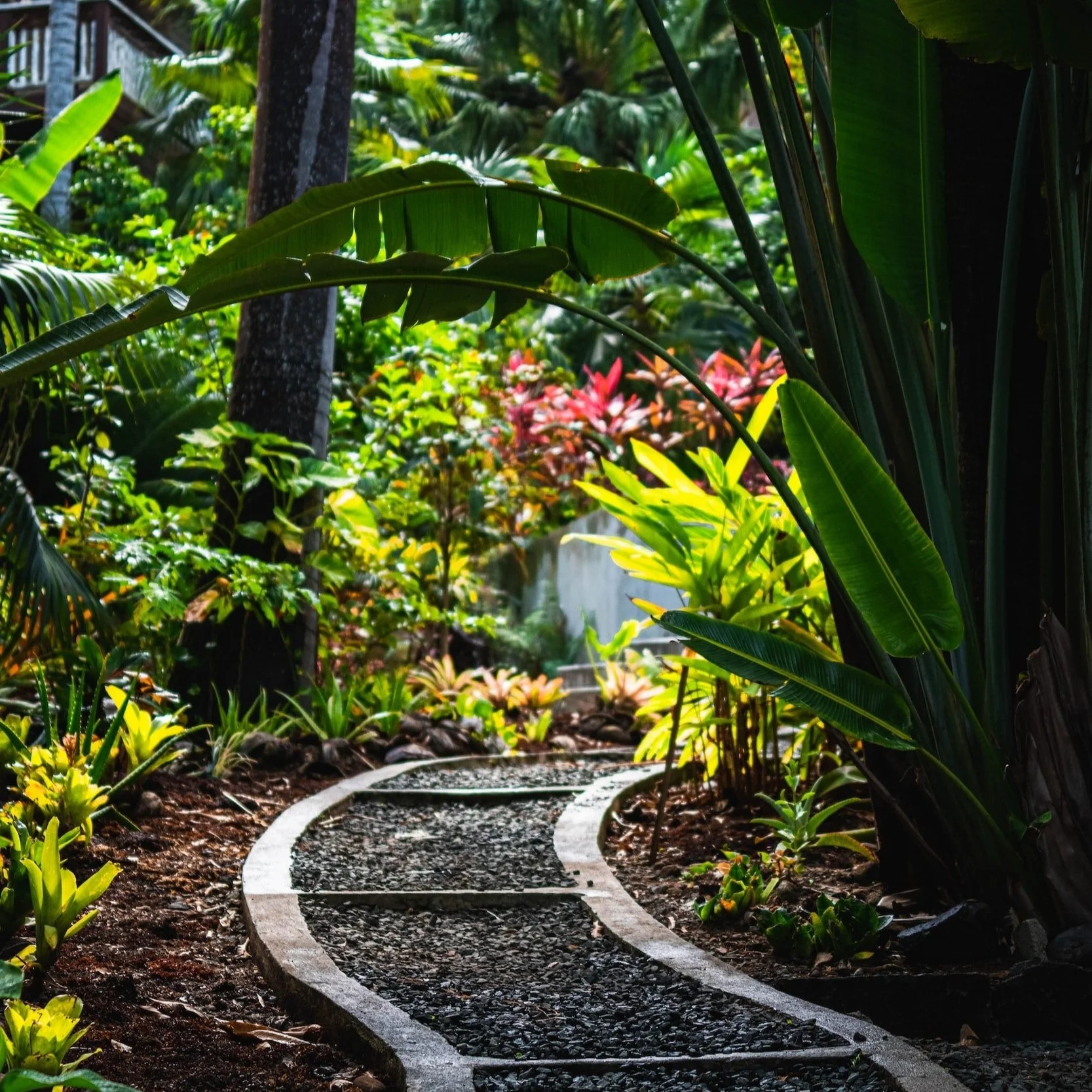How to Prepare for Spring
Spring is finally here! The birds are chirping and nesting, there’s finally a bit more daylight, and the mornings are crisp and clear.
The start of spring is the perfect time to plan for your summer veggie and flower garden. While the soil finishes thawing out, and temperatures begin to rise, you have a great window to prepare the garden for your best yields yet.
Tackle Hardscape Projects
Depending on your USDA zone and winter weather, October-March can be brutal on the hardscaping in your home garden. Early spring offers an opportunity to tackle those hardscape projects that piled up over the winter including:
Repairing fences and gates
Building new garden boxes and beds
Repairing or adding new permeable pathways
Fixing or building new sitting areas and patios
Adding trellises, obelisks, and plant supports
Repairing and cleaning out rain gutters
Checking siding and garden hose racks
Research and plan permaculture layouts
While your soil continues to thaw, and plants remain dormant a bit longer, now is a great time to handle those hardscape repairs or add any new hardscape projects to your home garden. Ask around at your local sustainable home garden center to find landscapers to help build out your hardscape projects. Quality landscapers work with your local flora and fauna and understand the plants that are best adapted to your region.
2. Purchase Your Seeds
Spring is perfect to make those final purchases of seeds you plan to direct sow in your home garden, or start indoors for a jumpstart in your garden. Be sure to check which USDA zone you live in below to determine your annual last frost date and planting plans.
This year, please consider adding some native wildflowers for our pollinators to help bring balance to your home garden and increase your yields. See our seed kits for pollinators in our shop.
3. Test Your Garden Soil
Soil is life. The health and nutrient density and microbial complexity of your garden soil is critical to promoting outstanding yields, reducing plant pathogens, increasing nutrient bioavailability, and reducing the need for excess water.
Consider using your state’s Extension Service, typically provided through your local government or regional state university system. Your local library or sustainable home garden center is often a brilliant place to gain soil resources and connect with your Extension Service for a soil test kit.
Understanding your soil is the first step to working with your soil for a beautiful, nutrient rich home garden. When you know the strengths and weaknesses of your soil makeup, you can be sure to add just what your garden requires to produce thriving plants.
4. Add Compost to Soil Early
Building healthy, living soil makes an enormous difference in your home garden. Adding 1-2 inches of rich compost to your garden beds early allows optimal nutrient bioavailability when your plants need it the most.
A great way to have a near-constant supply of rich organic matter and compost is to start with your home food waste. Oz’s Bokashi Buddy system helps you compost all of your everyday food waste easily at home, creating a nutrient rich bio pulp teeming with healthy microbes. Unlike other composting methods, bokashi composting is FAST, and turns food waste into garden-ready compost in 4-6 weeks (unlike months in a traditional compost pile).
5. Sharpen Your Garden Tools
Having sharp, cleaned garden tools handy right when you need them is a time saver you will be grateful for. Rather than purchasing new tools every season, find a local tool sharpening service in your community that can clean, sharpen, and repair your tools. Well cared for tools can last a lifetime, and make garden chores much more enjoyable.



